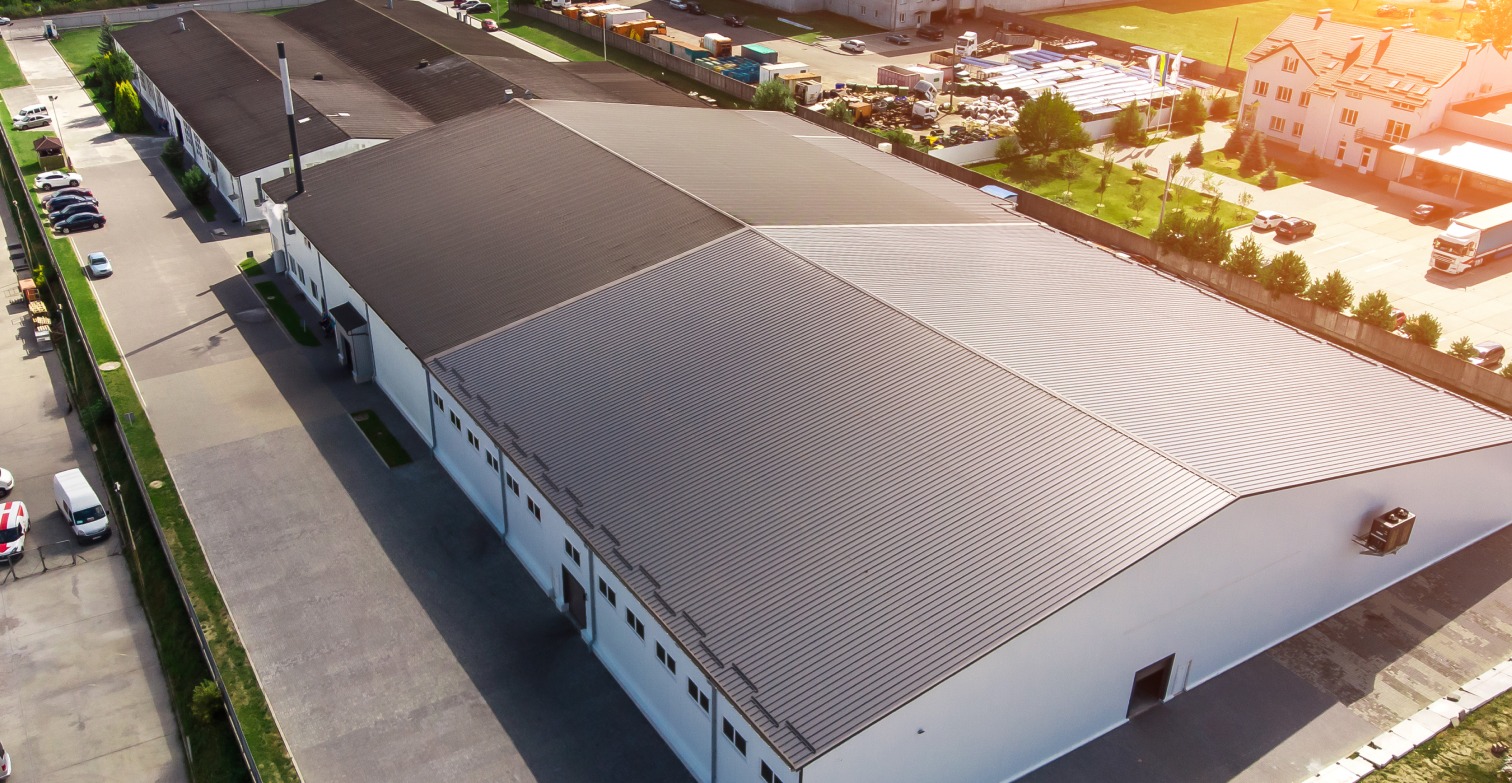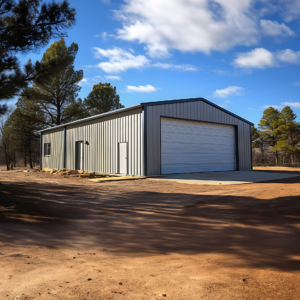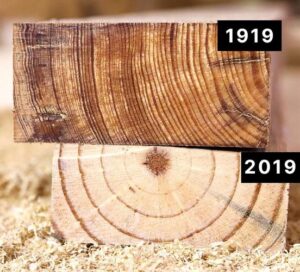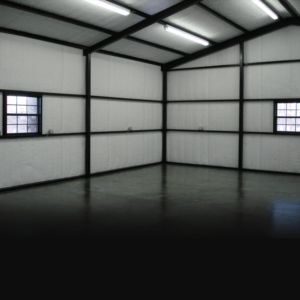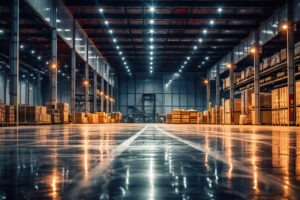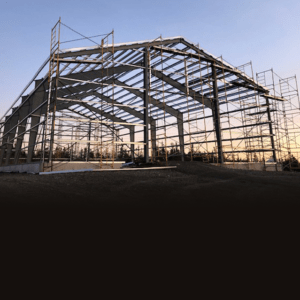In terms of residential construction, wood buildings are a common alternative to steel buildings, but with the pressure and demands of a rapidly changing climate and environmental situation, just how long can we put off a steel building future? According to Grand View Research, steel prefab construction and pre-engineered buildings (PEB) already make up 70% of all non-residential new construction in developed countries like the United States, today we will discuss why this trend to switch away from wood isn’t without merit.
Shrinkage and Swelling of Wood:
Wood is a hygroscopic material, this means that it will adsorb surrounding condensable vapors and lose moisture to air below the fiber saturation point (FSP) which can either prompt the shrinkage and swelling of older homes/barns/storage/sheds. Essentially, if it’s made of wood it’s not really built to last, so any money you may think you’re saving by going with a wood project is something you may end up spending on maintenance 7 years down the line (the standard maintenance period of wood buildings).
Deterioration of Wood:
The agents causing the deterioration and destruction of wood fall into two categories: Biotic (biological) and abiotic (non-biological).
Biotic agents include: Decay, mold fungi, bacteria and insects.
Abiotic agents include: Sun exposure, wind, water, certain chemicals and fire.
Biotic Deterioration of Wood:
Wood is an organic good so it is naturally subject to being a nutritional product for plants and animals such as fungi and insects that are highly potent at digesting cellulose (the fiber every wood is made of). These same Insects drill holes and drive lines through the wood which then threaten the structural stability of the building. Even more dangerously, fungi cause the wood to decay partially and in extreme cases completely.
Given that wood consists of 50% carbon, it will always remain very much on the menu for most fungi because of their energy conversion process involving the oxidation of organic compounds. Additionally, the presence of nitrogen in wood is necessary for the growth of fungi in wood in the first place, meaning this an inherent problem with wood buildings themselves.
Biological deterioration of wood due to attack by decay fungi, woodboring insects, and marine borers during its processing and use has technical and economical importance and is one of the many reasons why the construction industry has moved away from wood to steel buildings instead.
Fungi:
In order to truly understand the threat fungi pose, it is necessary to provide some quick information about fungi agents.
Physiological requirements of wood destroying and wood inhabiting fungi:
1. The temperature must be between 25-30°C for optimum growth for most wood rotting fungi, however some strains can tolerate temperatures between 0-45°C.
2. Oxygen is essential for the growth of fungi, only structures under water will be protected from fungal growths which is a very small share of residential buildings.
Generally wood will not be attacked by common fungi at moisture contents below the FSP, for most kinds of wood this lies between 20-35%. It is recommended that wood in service must have a moisture content at least 3% less than the FSP to provide desirable safety against fungi. This is yet another maintenance variable to be concerned about when dealing with wood vs. steel buildings (which do not have to worry about infestation issues).
Insects:
Insects are only second to decay fungi in the economic loss they cause to the lumber and wood industries. These insects can be separated into four categories: Termites, powderpost beetles, carpenter ants, and marine borers.
1. Termites:
There are two types of termites:
– Subterranean termites damage wood that is untreated, moist, in direct contact with standing water, soil, and other sources of moisture.
– Dry wood termites attack and inhabit wood that has been dried to moisture contents as low as 5-10%.
The damage by dry wood termites is less than subterranean termites.
2. Powderpost beetles:
Powderpost beetles attack hardwood and softwood. At risk is well seasoned wood & freshly harvested and undried wood.
3. Carpenter ants:
Carpenter ants do not feed on wood, instead they tunnel through the wood and create shelters for themselves.
They attack wood in ground contact or wood that is intermittently wetted.
4. Carpenter bees:
They cause damage primarily to unpainted wood by creating large tunnel in order to lay eggs.
In Conclusion:
As you can see, wood buildings present many potential problems and complications where as steel buildings are practically maintenance free once erected and completed (with maintenance periods easily over 50 years!). Moreover, pre engineered steel buildings are much faster and easier to erect, saving you both time and money. Steel buildings also last much longer than wood buildings providing value through increased usage time and building longevity.
In short, the main upsides of steel in comparison to wood as a building material include:
- Maintenance free.
- Faster, and easier to erect, requiring less labour and allocated project hours.
- Increased structural longevity.
- Total cost over structure lifespan is much less with steel as opposed to wood buildings.
- Steel buildings are far more versatile and customizable.
- Pre Engineered Steel Buildings are designed to withstand snowfall, earthquakes and high winds. Thus, provide more strength in comparison to wood buildings.

